Does Your Business Need to File Forms 1099-NEC or 1099-MISC?
If you use independent contractors to perform services for your business, for each one that you pay $600 or more for the year, you are required to issue the worker and the IRS a Form 1099-NEC no later than January 31, 2022, for 2021 payments.
Generally, a 1099-NEC is not required to be issued if the independent contractor or service provider is a corporation. However, payments to attorneys for legal fees of $600 or more must be reported, even if the attorney operates as a corporation.
To properly complete the form, you’ll need the individual’s name and tax identification number. But it isn’t unusual to, say, hire a repairman early in the year to whom you pay less than $600, and then use the repairman’s services again later and have the total for the year exceed the $600 limit. If you overlooked getting the information, such as the individual’s complete name and tax identification number (TIN), needed to file the 1099-NEC for the year, you may have difficulty getting the information after-the-fact. Therefore, it is good practice to have individuals who are not incorporated complete and sign the IRS Form W-9 the first time you use their services. Having properly completed and signed Form W-9s for all independent contractors and service providers eliminates any oversights and protects you against IRS penalties and conflicts.
IRS Form W-9 is provided by the government as a way for you to obtain the data required to file the 1099s for your contract workers and service providers. This data includes the person’s name, address, type of business entity and TIN (usually a Social Security number or an Employer Identification Number), plus certifications as to the ID number and citizenship status, among others. It also provides you with verification that you complied with the law should the independent contractor provide you with incorrect information. We highly recommend that you have a potential independent contractor complete the Form W-9 prior to engaging in business with them. The form can either be printed out or filled onscreen on the IRS’ website and then printed out. A Spanish-language version is also available. The W-9 is for your use only and is not submitted to the IRS. The W-9 was last revised by the IRS in October 2018, so if you have older blank W-9s that you give to your service providers, you may want to print copies of the latest version (including the instructions) and discard the older unused forms.
To avoid a penalty, the government’s copies of the 1099-NECs must be sent to the IRS by January 31, 2022, along with transmittal Form 1096. They must be submitted on magnetic media or on optically scannable forms. However, a business that files more than 250 information returns (such as 1099s, W-2s, and 1095s) in a calendar year is required to file them electronically. The 250-return requirement may be lowered to 100 if proposed regulations are finalized by the IRS, but the change wouldn’t be effective until 2023.
In some cases, for payments of $600 or more, you may need to file Form 1099-MISC, which is used to report rents, certain prizes and awards, and income your business paid other than that includible on Form 1099-NEC or payable to employees. The 2021 Form 1099-MISC must be provided to the income recipient by January 31, 2022, and to the IRS by February 28 (March 31 if filed electronically) accompanied by transmittal Form 1096.
This firm provides 1099 preparation services. If you need assistance or have questions, please give our office a call.


